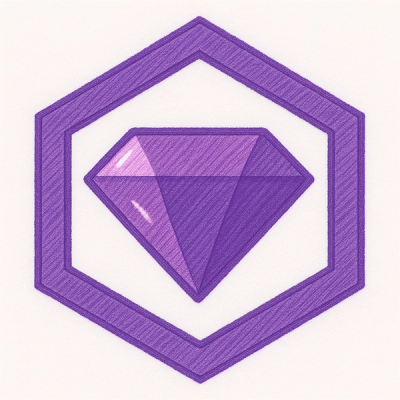Boil
Configurable, Syncable, and Sharable boilerplate NPM project generator.
Installing
npm i -g @jonoaugustine/boil
Getting Started
Creating A Plate
Boil can be used with your own configurations (called Plates) and soon with any public Plate as well!
Let's get started by making a new Plate. First, let's ask Boil to make us a
template file with template or T:
$ boil template
> Template file created
Boil will create a new file called .template.boil.json, open up your
favorite text editor and take a look at it. Without any defaults set, it should
look like a normal package.json with some fields missing:
{
"version": "1.0.0",
"description": "",
"main": "index.js",
"scripts": {
"foo": "bar"
},
"author": "",
"license": "ISC",
"dependencies": {},
"devDependencies": {}
}
Edit this file to your liking and then return to the command line.
Next we'll tell boil to ingest the template and it will ask for some setup
information. You can optionally pass in your own file, but it will look for
.template.boil.json by default. Using read or r
$ boil read [file/path]
? Plate name: foo // The name should not have any spaces! use - or _
? Tags (separate by comma ','): bar, barrius mcbar, barring
? Make package public (anyone can see and download it)? y
? Delete Template? y
And that's it! You you just created your first Plate, which will be saved
locally and to the Boil database (if you are logged in).
Loading a New Project from a Plate
Now that we have a Plate to work with, let's actually use it to make a new
boilerplate project!
Using a Plate is ezpz:
$ boil a [plate_name]
If you want to use a foreign plate (one saved to the Boil servers) you just need
to give the author's username along with the plate name:
$ boil a <plate_name>@<user_name>
If you leave out the [plate-name], boil will search your local Plates
and let you choose from a list:
$ boil a
? What Plate would you like to use?
> PlateA
Plate-B
Blate
...
Boil will make a new directory and setup the project package.json,
as well as an index.js if a main is specified. You can also set the name
of the folder to be created like so:
$ boil a [plate_name] [folder_name]
Setting Template Defaults
One of the best parts of Boiling is setting defaults to pre-fill in your templates!
Lets setup our defaults:
First let's generate a template like before:
$ boil template
Edit the template file to your liking and then use the set option to save the
template as your new defaults:
$ boil defaults set
Defaults are used to pre-fill generated templates each time you use
boil template so you can skip even more repetition!
Creating an Account
Signing up for a Boil account gives you access to saving plates with the Boil API.
The syntax is very straight-forward:
$ boil signup <email> <password>
Logging in works similarly, but allows for username login as well as email :
$ boil login <email> <password>
Both login and signup will save credentials and user data locally for use
in other commands.
Downloading Plates (Pull)
A major feature of Boil is the ability to use your (and other's) Plates wherever
you are. The syntax for this is pretty simple:
$ boil pull <plate_name>
Pulling Public Plates
When only the plate_name is provided, pull will look for a plate in the Boil
servers under your name. If you wanted to pull a plate made by someone else,
be sure to include their username:
$ boil pull <plate_name> <user_name>
Uploading and Publishing Plates (Push)
Pulling Plates would be pretty useless without the ability to upload them huh...
Using the push command will save your plate to the Boil servers:
$ boil push [plate_name]
If the local plate has an id, it will try to update the remote instance, otherwise
the plate will be uploaded as new.
Config (WIP)
Boil save you data in config files at the root directory. There are three config files:
plates.boil.json, user.boil.json, and defaults.boil.json.
You can access the config files through boil with the config command.
$ boil config
? What would you like to do?
> delete all configs
Roadmap
- API interaction commands
push for uploading or updating a platepull for downloading a platefetch for downloading all of a user's plates
- File structure reading
- ingesting project structures to save for plate project generation
- Automatic uploads of new plates Tentative



